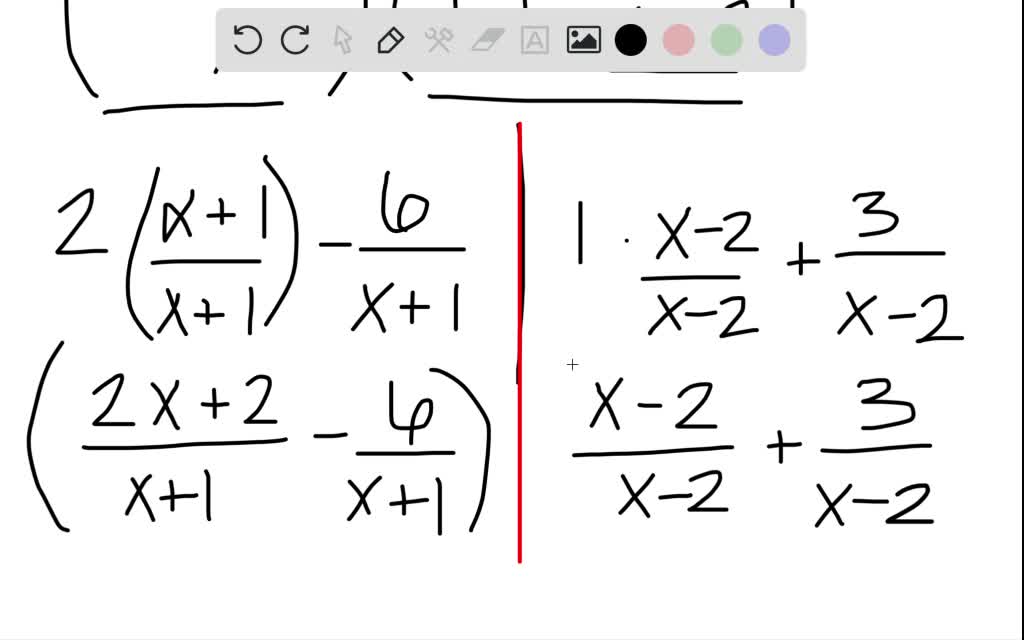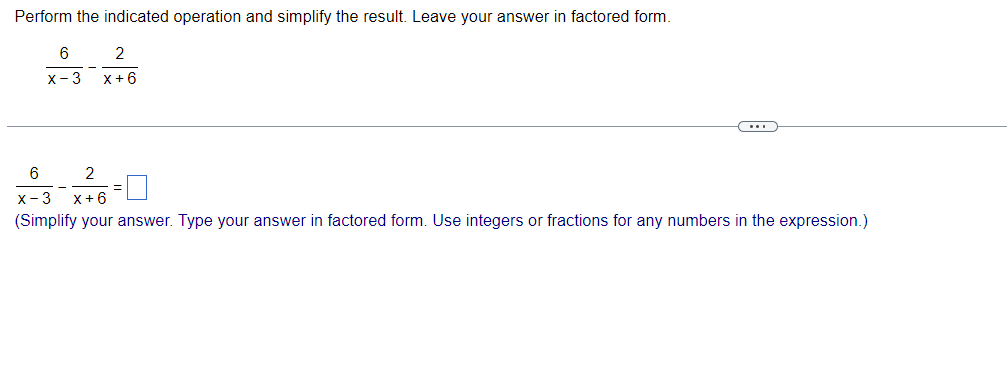Perform The Indicated Operation And Simplify The Result

Imagine a world where complex equations untangle themselves with elegant simplicity, where mathematical knots loosen into graceful, understandable forms. This isn't some futuristic fantasy; it's the daily reality for a growing community embracing the core principle of “Perform The Indicated Operation And Simplify The Result.” It's a movement sweeping through classrooms, online forums, and even research labs, transforming how we approach problem-solving.
At its heart, "Perform The Indicated Operation And Simplify The Result" is more than just a mathematical mantra; it’s a philosophy. It's a structured approach to tackling challenges, prioritizing clarity and efficiency. This article explores how this simple yet powerful idea is reshaping the way we learn, think, and innovate.
The Roots of Simplification
The concept isn't new. Throughout history, mathematicians have strived to express ideas in the most concise and understandable terms. Think of Euclid's elegant geometric proofs or Newton's groundbreaking laws of motion.
What's different today is the explicit emphasis on simplification as a deliberate step. It's about teaching individuals to actively seek out the most streamlined solution, removing unnecessary complexity and focusing on the core principles at play.
A Classroom Revolution
Educators are finding that this approach resonates deeply with students. It breaks down daunting problems into manageable steps, making math less intimidating and more accessible.
One teacher, Sarah Chen, explained, “Instead of just memorizing formulas, my students are learning to understand the underlying processes. They're empowered to break down any problem, identify the key operations, and simplify the result.”
The impact is evident in test scores and, more importantly, in students’ newfound confidence in their abilities. This methodology fostering a deeper appreciation for the beauty and logic of mathematics.
Beyond the Classroom: Real-World Applications
The principles of “Perform The Indicated Operation And Simplify The Result” extend far beyond the realm of academia. They are applicable to a vast range of fields, from computer science to engineering to even everyday decision-making.
In software development, for instance, writing clean, concise code is paramount. The pursuit of elegance helps to ensure that the code is efficient, maintainable, and less prone to errors. As Linus Torvalds, the creator of Linux, once famously said about good code: "First solve the problem. Then, write the code."
Similarly, in engineering, simplifying designs can lead to more robust and cost-effective solutions. By focusing on essential functions and eliminating unnecessary components, engineers can create structures and systems that are both efficient and reliable.
"The ability to simplify means to eliminate the unnecessary so that the necessary may speak." - Hans Hofmann
Even in everyday life, this approach can be invaluable. When faced with a complex problem, breaking it down into smaller, more manageable steps makes the overall task seem less overwhelming. Identifying the core operations and streamlining the process can lead to more effective and efficient outcomes.
The Rise of Online Communities
The internet has played a crucial role in the spread of this philosophy. Online forums and communities dedicated to mathematics and problem-solving are thriving, providing platforms for individuals to share their knowledge and collaborate on complex challenges.
These communities often embrace the principle of simplification. Members actively seek out the most elegant and efficient solutions, sharing their insights and techniques with others.
Websites like Khan Academy and Coursera offer a wealth of resources on this subject. They provide structured lessons and practice problems that help individuals develop their problem-solving skills and embrace the principle of simplification.
A Call for Clarity
In an increasingly complex world, the ability to simplify is becoming more and more valuable. As information overload threatens to overwhelm us, the skill of distilling information down to its essence becomes increasingly crucial.
“Perform The Indicated Operation And Simplify The Result” is a call for clarity. It is a reminder that simplicity is not just a desirable attribute, but a powerful tool that can unlock new levels of understanding and innovation.
By embracing this philosophy, we can empower ourselves to tackle complex challenges with confidence and create solutions that are both effective and elegant. It's a philosophy that encourages us to embrace clarity, efficiency, and a relentless pursuit of simplicity in all aspects of our lives.
Looking Ahead
The future looks bright for those who embrace this approach. As technology continues to advance and the world becomes more interconnected, the ability to simplify will become even more critical.
Whether it's in the classroom, the workplace, or our personal lives, the principles of “Perform The Indicated Operation And Simplify The Result” can help us navigate complexity with grace and efficiency.
Let us all strive to embrace this philosophy and unlock the power of simplicity in our lives. By doing so, we can create a world that is not only more understandable but also more innovative and fulfilling.
![Perform The Indicated Operation And Simplify The Result [ANSWERED] Perform the indicated operation and simplify the result 4 4](https://media.kunduz.com/media/sug-question-candidate/20230320123741249199-3500550.jpg?h=512)



